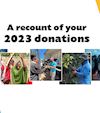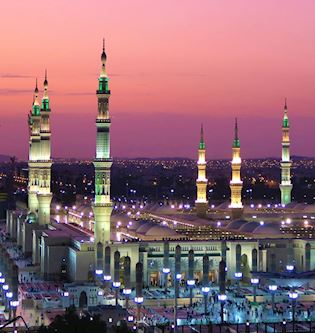World Arabic Language Day

World Arabic Language Day is celebrated on December 18th each year to promote and celebrate the rich cultural heritage and global significance of the Arabic language. Recognized by the United Nations Educational, Scientific and Cultural Organization (UNESCO), this day aims to highlight the contributions of Arabic to human civilization, emphasizing its historical, literary, and cultural importance. Arabic is not only a language of communication but also a bearer of a vast body of knowledge, including classical literature, philosophy, and scientific advancements.
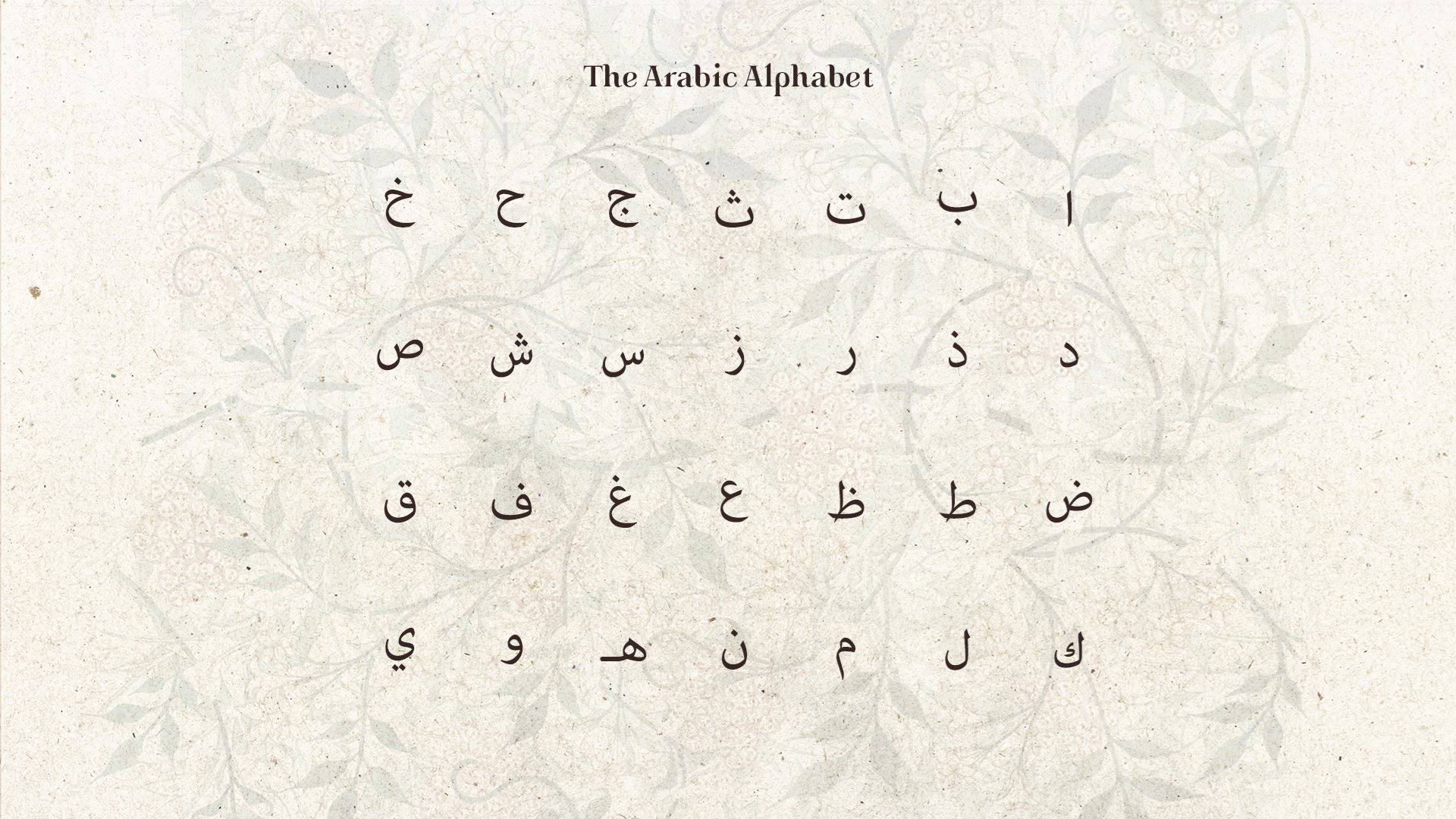
Arabic is one of the most ancient languages that are still widely spoken in the world today. It is believed to have originated in the Arabian Peninsula in the first millennium. Arabic is a Semitic language, which refers to a group of Asian and African languages that include Hebrew, Aramaic, Arabic, Amharic, and Assyrian. The oldest form of Arabic literature is poetry.
Arabic is based on an Abjad system – it has 28 letters that are consonants. Vowels are indicated by using ‘harakat’ an Arabic term which translates to ‘diacritics’ in English. Diacritics are marks or symbols used in written scripts to indicate the pronunciation of a word, guide proper reading, or convey grammatical information. In the context of Arabic, harakat are small marks placed above or below the letters to represent short vowels, which are not typically written in the Arabic script.
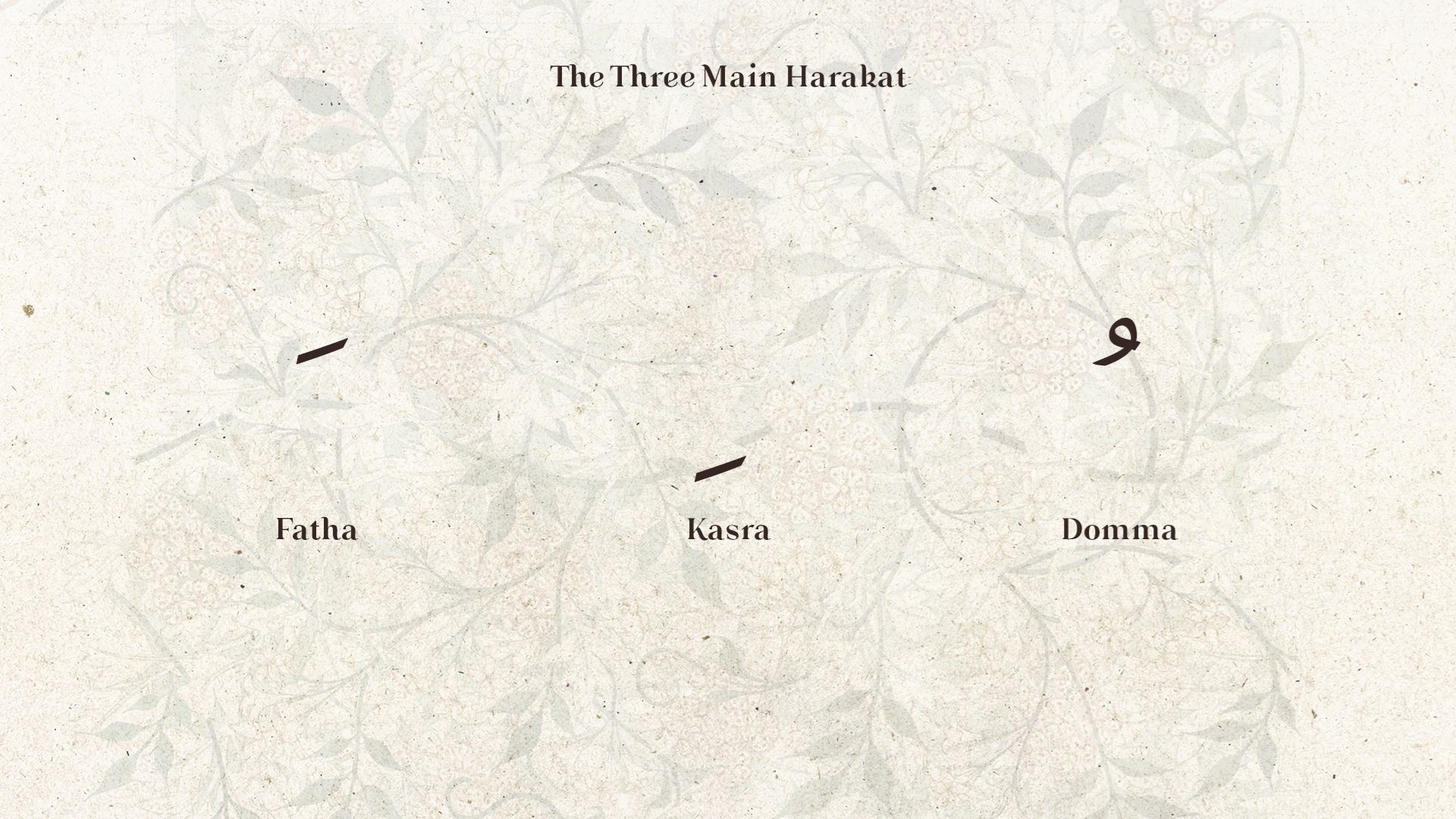
Arabic is written from right to left, while Arabic numerals are written from left to right. Arabic is written in cursive, connecting every letter in a word except a few. The form of the letters change depending on their place in the word. Arabic has a root system based on three key letters. Letters are added in and around the root to create words. Arabic has no capitalization; there are also no abbreviations in Arabic. Commas, question marks, quotation marks, colons and full stops are all used in Arabic texts, except that they face right, not left.
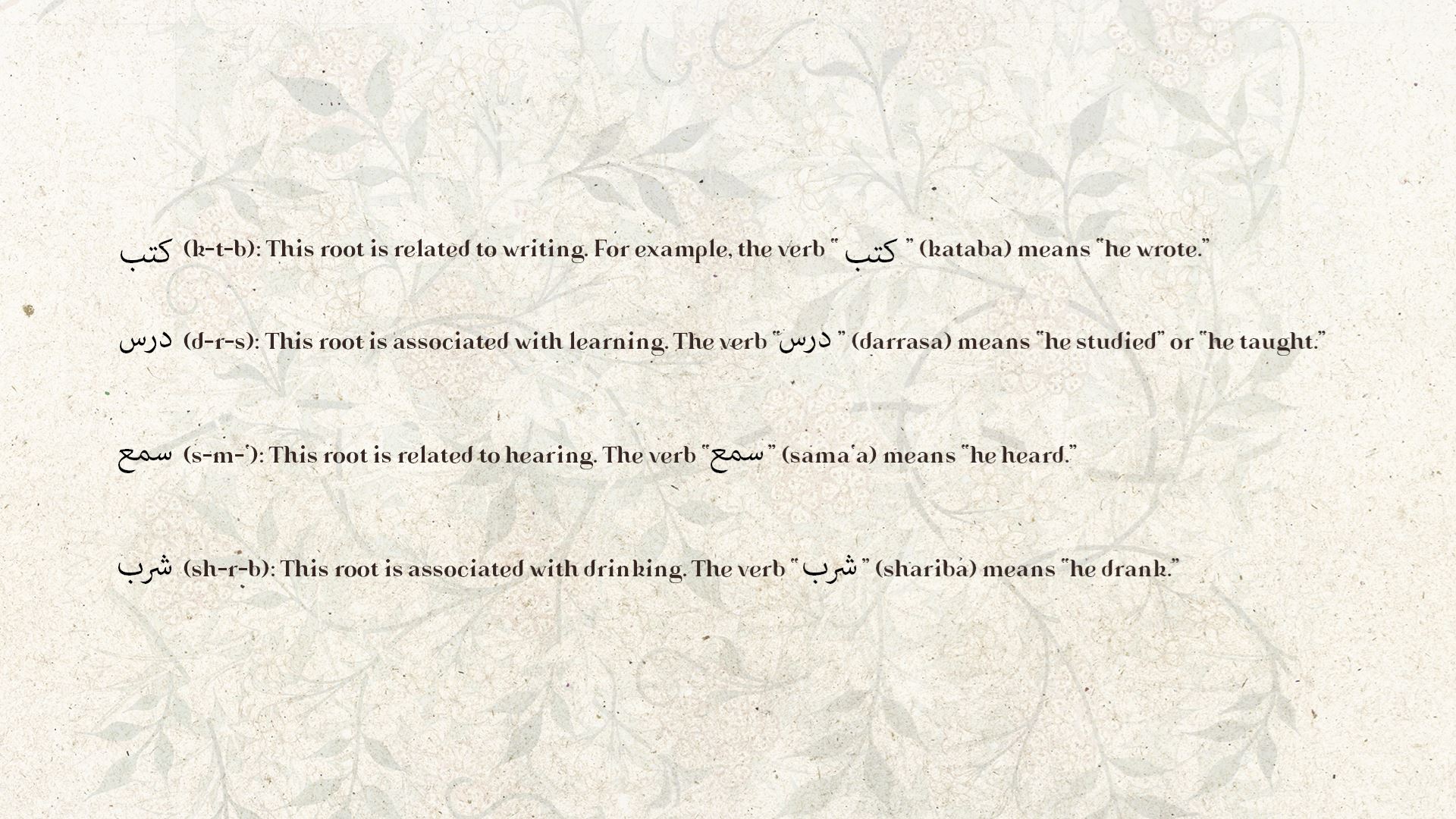
World Arabic Language Day stands as a testament to the enduring legacy and cultural richness encapsulated within the Arabic language. As we reflect on this celebration, it becomes evident that Arabic is not merely a means of communication but a source of history, art, and profound intellectual contributions. The global observance of this day serves to foster an appreciation for linguistic diversity and encourages a deeper understanding of the interconnectedness between language, culture, and human heritage.
We hope you have enjoyed exploring the rich heritage embedded in the Arabic language through this blog. May this celebration inspire a deeper appreciation for linguistic diversity, fostering connections across cultures. We encourage you to share the insights gained here with others, spreading the beauty and significance of the Arabic language far and wide. Happy World Arabic Language Day!






